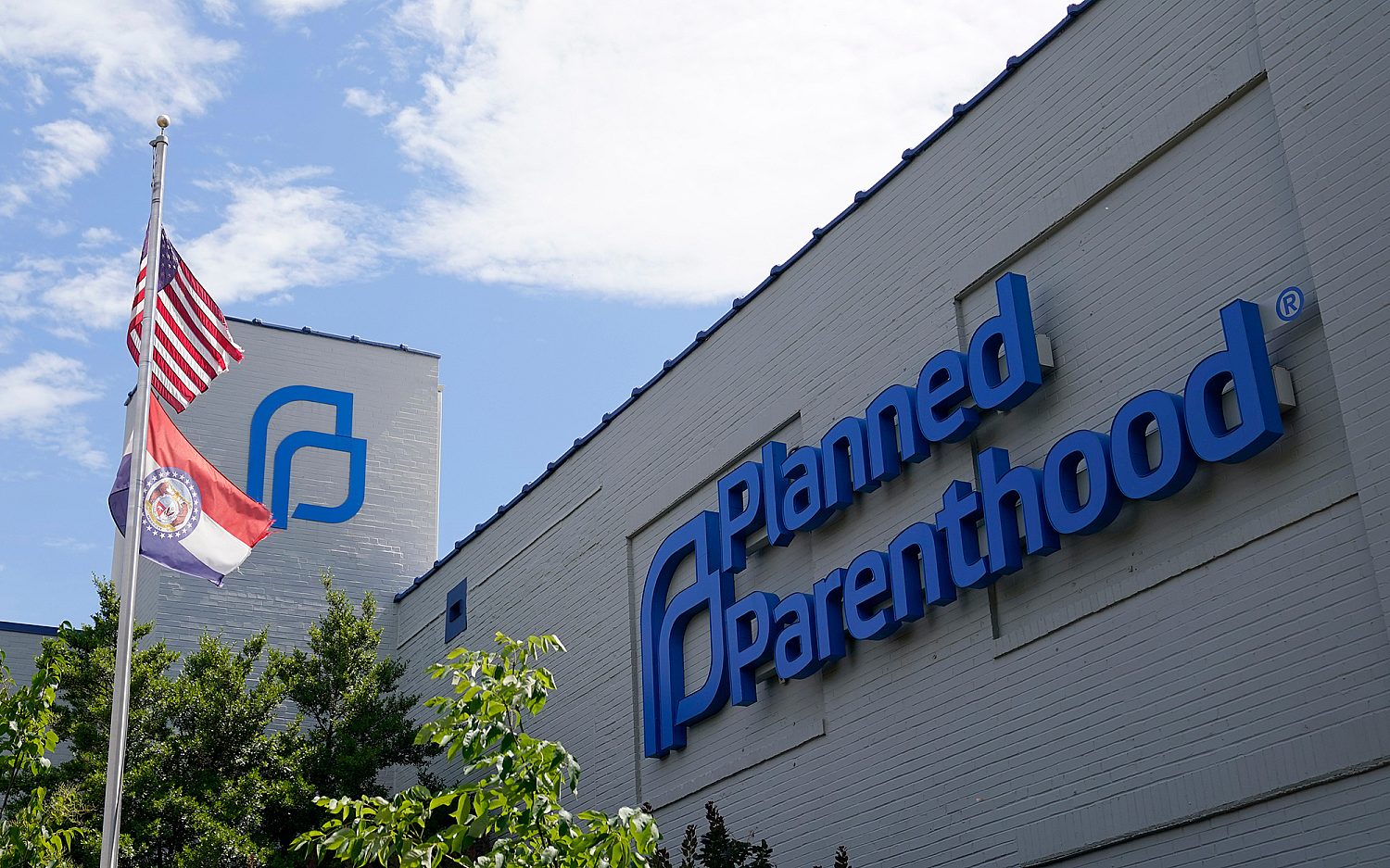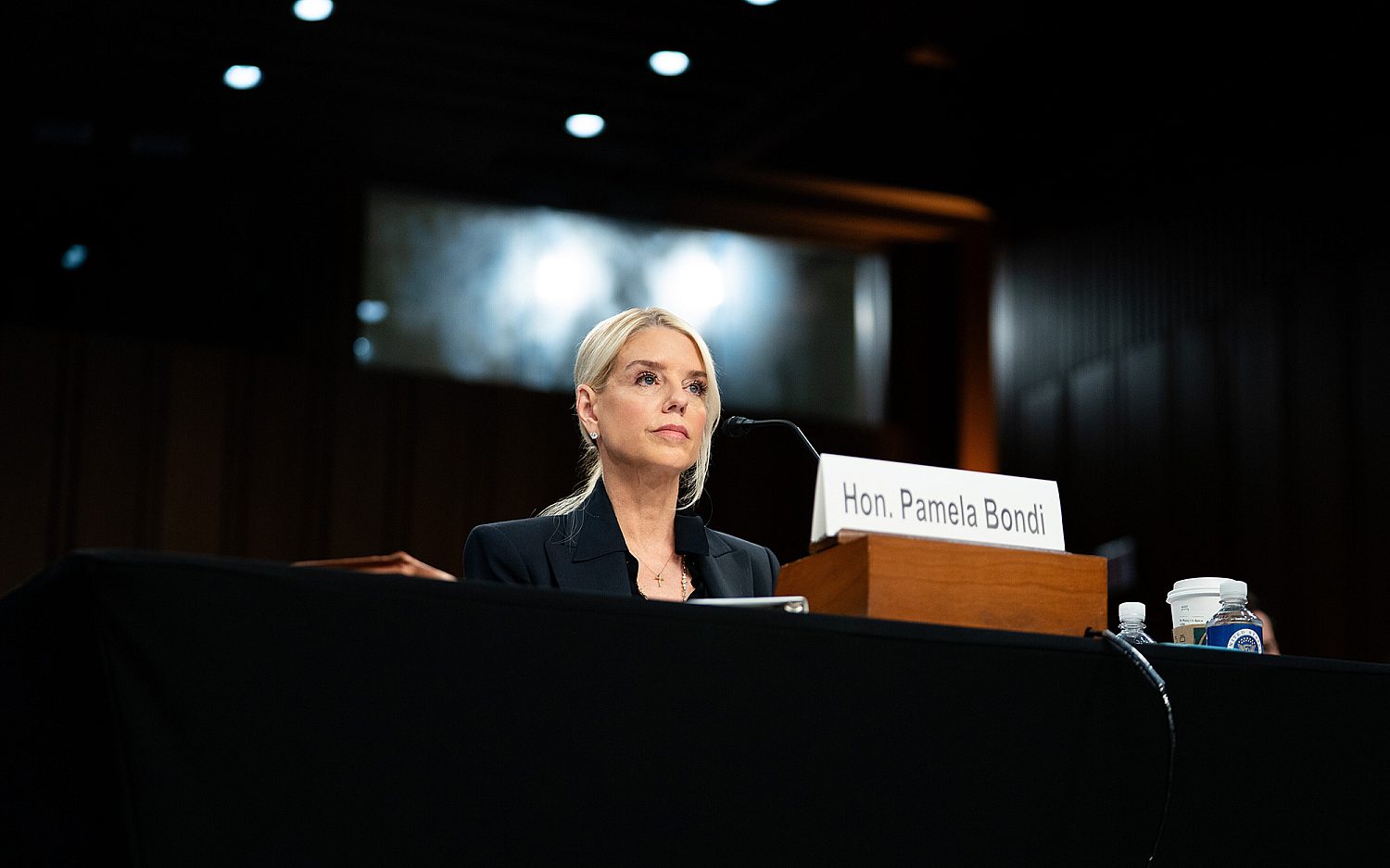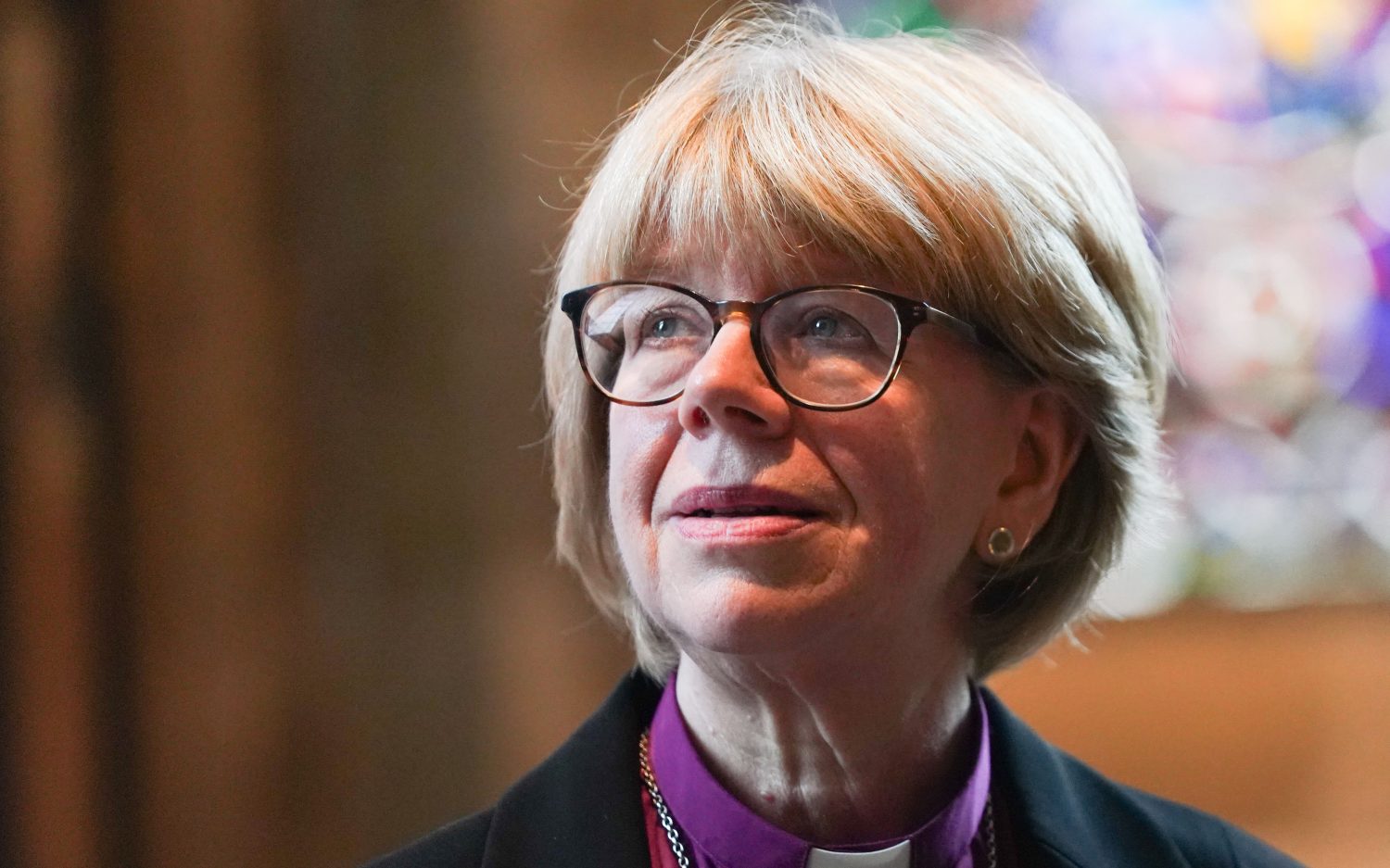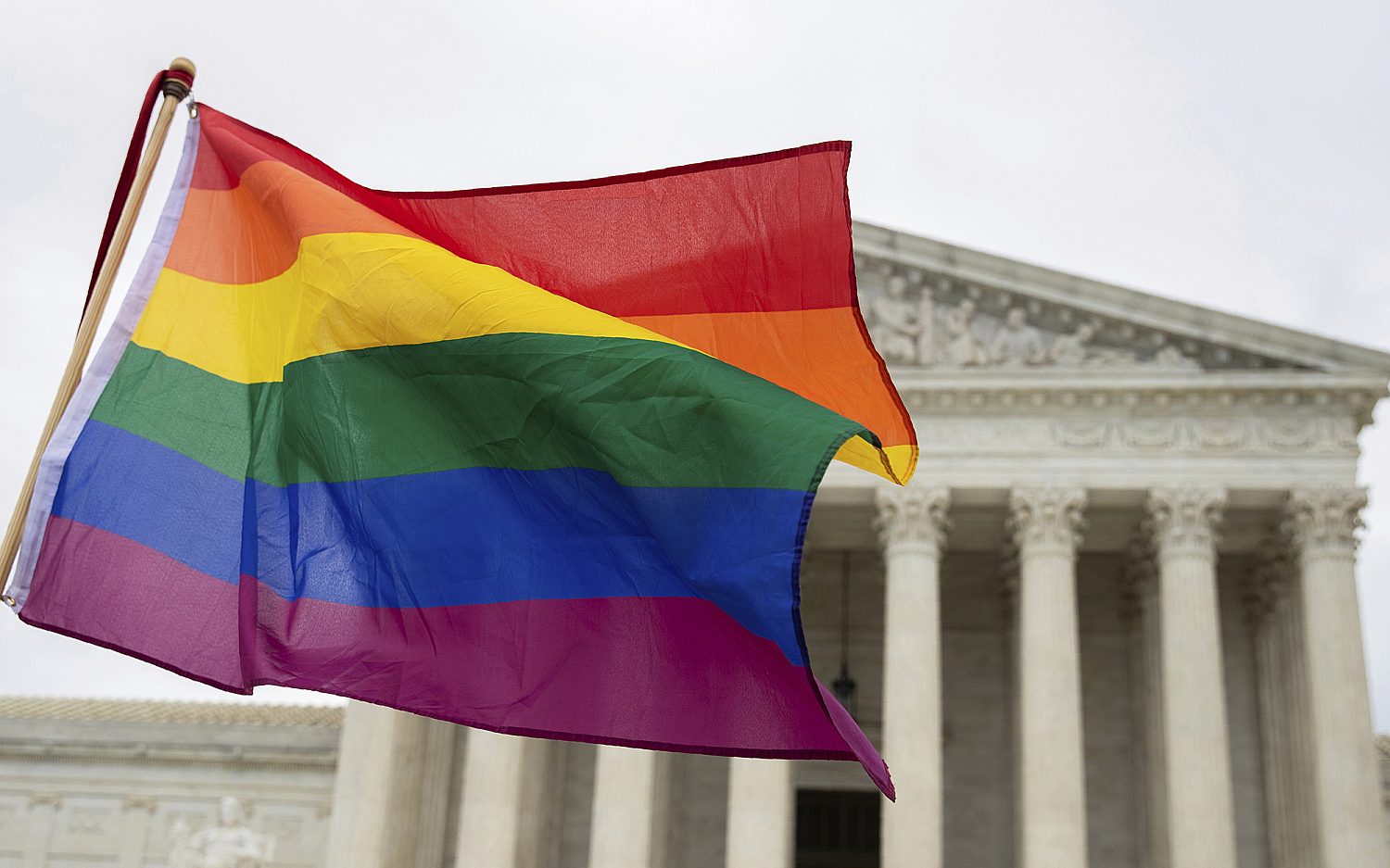Momentous peace agreement in the works in Colombia
The longest war in the Western Hemisphere could end this January, but it’s not the first time Colombian officials have publicized that hope.
On Wednesday, Colombian President Juan Manuel Santos announced his willingness to enter a bilateral ceasefire with FARC, or the Revolutionary Armed Forces of Colombia, on Jan. 1. The United States declared FARC a terrorist organization in 1997.
Santos has opposed a ceasefire because he says FARC has used past peace times to rebuild and reload. But in September, for the first time ever, Santos and the FARC leader known as Timochenko met and shook hands after reaching a deal on how the Colombian government would treat rebels caught committing crimes during the conflict.
FARC leaders, insisting their operatives are innocent, opposed plans that would send any of them to prison. But now they’ve agreed to the creation of a Tribunal for Peace made up of judges from Colombia and other nations. The tribunal will collect evidence, try suspected perpetrators of serious crimes, and decide on reparations to victims.
Operatives who admit guilt will serve reduced sentences; they could work on farms rather than be stuck in prison cells. Those who do not confess and are found guilty could serve up to 20 years in prison. Santos said he hopes to begin the ceasefire on New Year’s Day and sign a final peace agreement by March 23.
Colombia’s drug-fueled, terror-filled civil conflict began in 1948, when a gunman assassinated left-wing leader Jorge Eliécer Gaitán during his presidential campaign. Gaitán was a defender of workers’ rights, a gifted speaker, and a political divider. He frequently criticized the rich and powerful, including those in government, for not being “for the people.”
Officials pinned the crime on Juan Roa Sierra, a mentally ill drifter. Others challenged that finding, and Gaitán’s assassination set off a wave of violence known as La Violencia, which soon evolved into the conflict that continues to rage today. Officials estimate 220,000 people have died since it began.
A variety of groups have fought the Colombian government, but FARC is by far the most powerful (tens of thousands of members), most heavily armed, and richest, with financing from cocaine sales and kidnappings of important political and social figures, including foreign tourists whose families pay ransom. Officials, who say FARC charges rural families and communities for “protection,” argue that the peace deal will lead to less cocaine traffic.
An actual newsletter worth subscribing to instead of just a collection of links. —Adam
Sign up to receive The Sift email newsletter each weekday morning for the latest headlines from WORLD’s breaking news team.





Please wait while we load the latest comments...
Comments
Please register, subscribe, or log in to comment on this article.